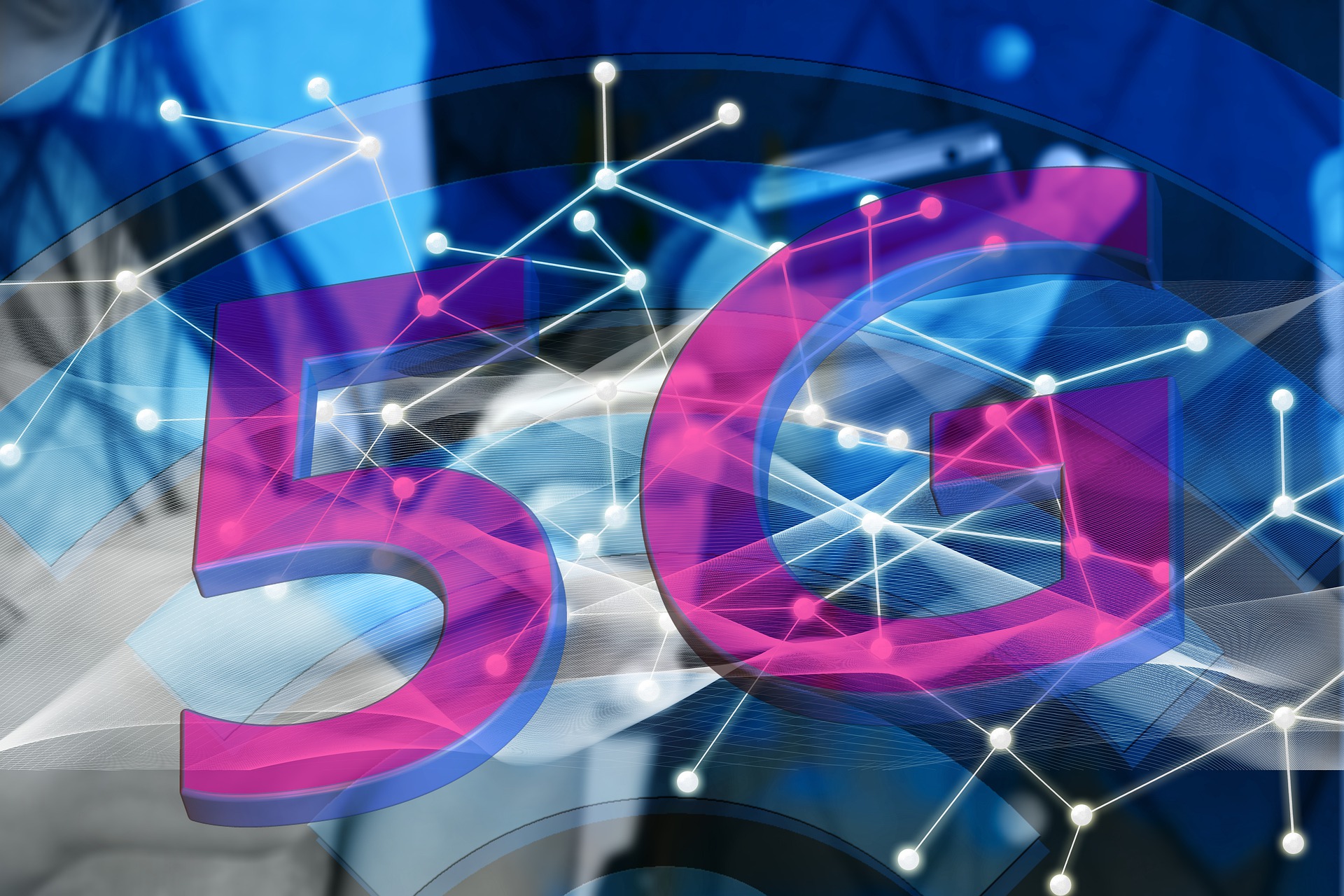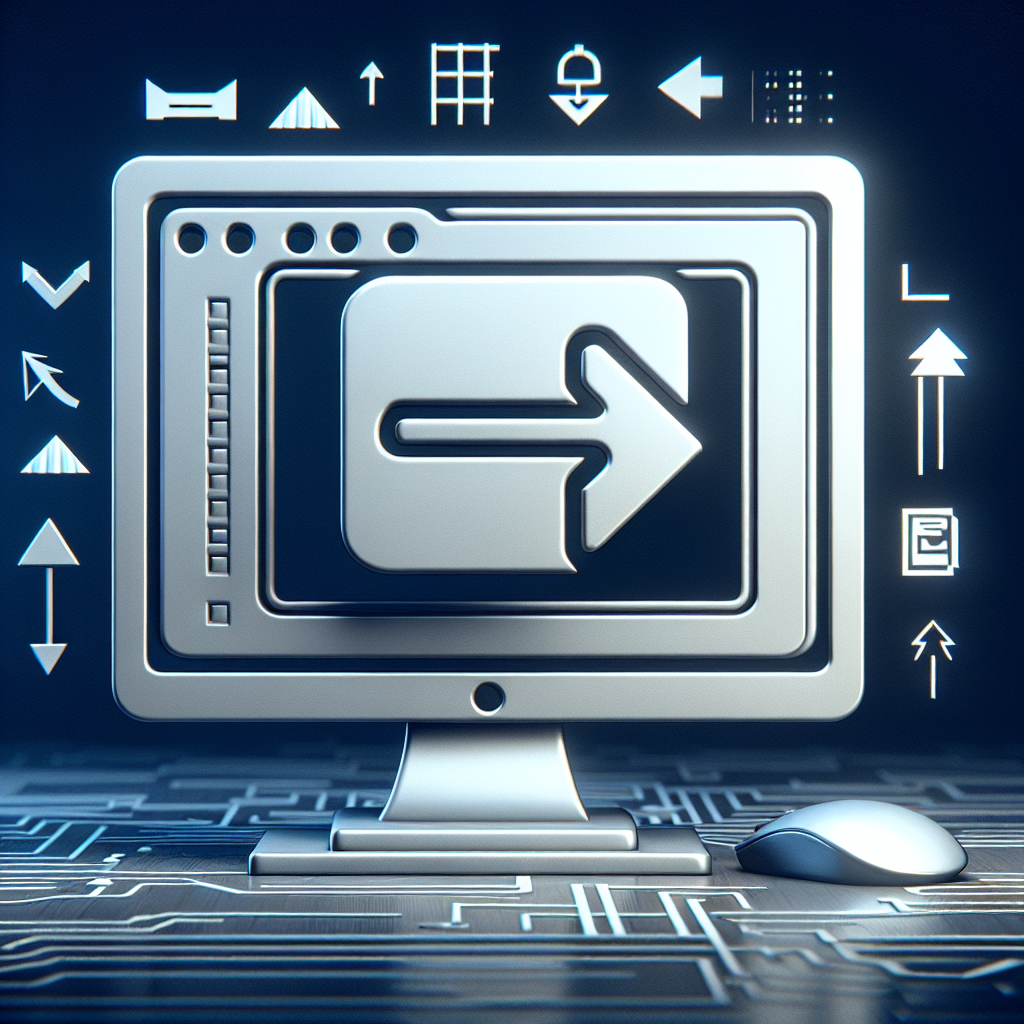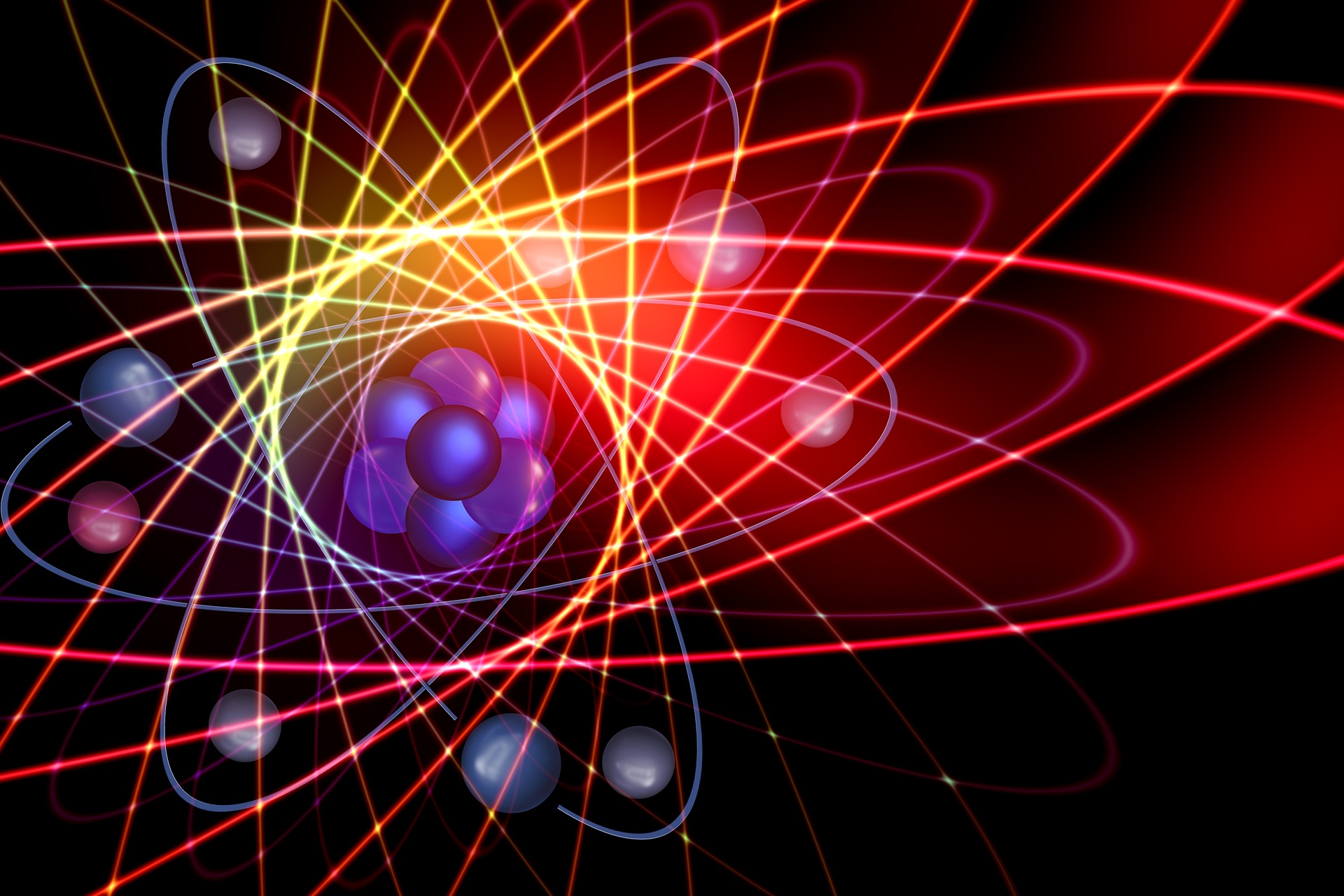5G is the fifth generation of mobile network technology, representing a quantum leap in terms of speed, efficiency, and connectivity. It’s not merely an upgrade but a complete overhaul of the mobile network infrastructure. Think of 5G as upgrading from a reliable but somewhat slow car to a high-speed sports car that can navigate through traffic effortlessly. This new technology is set to revolutionize our digital lives, providing unprecedented levels of speed and connectivity.
To appreciate the impact of 5G, it helps to understand how internet connectivity has evolved over the years:
- Dial-Up Internet (1990s): This was the era of slow and cumbersome internet connections. Dial-up used telephone lines, and connecting to the internet often meant tying up the phone line and enduring noisy connection sounds.
- DSL and Cable (2000s): The introduction of Digital Subscriber Line (DSL) and cable broadband marked a significant improvement, offering faster speeds and always-on connections. This made activities like streaming videos and online gaming more feasible.
- Fiber Optics (2010s): Fiber optic technology further advanced internet speeds by using light signals transmitted through fiber cables. This technology offered much higher speeds and greater bandwidth, making high-definition streaming and large file transfers much quicker.
- 4G LTE (Late 2000s to Present): 4G LTE provided a major boost in mobile internet speeds and performance, enabling more reliable and faster mobile internet experiences compared to its predecessors.
With 5G, we’re not just seeing incremental improvements but a fundamental shift in how we connect and interact with digital technologies.
How 5G Technology Works
Key Components of 5G Networks
Understanding 5G requires a look at its core components, which work together to provide enhanced performance:
- High-Frequency Spectrum: 5G operates on millimeter waves, which are higher frequency signals than those used by previous generations. These waves can carry more data at higher speeds but have a shorter range and are more easily blocked by obstacles.
- Small Cells: These are low-power base stations that provide coverage and capacity in specific areas. Unlike traditional cell towers, small cells are deployed in higher densities to ensure consistent service, especially in urban environments.
- Massive MIMO (Multiple Input, Multiple Output): This technology uses large numbers of antennas at both the transmitter and receiver ends to increase the amount of data that can be transmitted simultaneously. Massive MIMO enhances the network’s capacity and efficiency.
The Role of Millimeter Waves
Millimeter waves are a critical aspect of 5G. These high-frequency waves can handle vast amounts of data and deliver high speeds. However, they also come with challenges:
- Limited Range: Millimeter waves have a shorter range compared to lower-frequency signals, requiring a denser network of small cells.
- Obstruction Issues: Physical obstacles, such as buildings and trees, can block millimeter waves, necessitating careful planning of network infrastructure.
To address these issues, network providers are deploying a dense network of small cells and advanced technologies to ensure comprehensive coverage.
Differences Between 4G and 5G
The differences between 4G and 5G are substantial:
| Feature | 4G LTE | 5G |
| Speed | Up to 1 Gbps | Up to 10 Gbps |
| Latency | 30-50 milliseconds | 1 millisecond |
| Capacity | 1,000 devices per km² | 1 million devices per km² |
5G offers a significant leap in all these aspects, providing faster speeds, lower latency, and higher capacity, which collectively enhance the overall user experience.
Enhancements in Internet Speed with 5G
Theoretical Speed Capabilities
5G technology offers remarkable theoretical speed capabilities. For download speeds, 5G networks have the potential to reach up to 10 Gbps, a significant improvement over the best speeds achievable with 4G, which top out around 1 Gbps. Upload speeds with 5G can also reach several Gbps, facilitating faster data sharing and more efficient cloud interactions. These advancements enable new applications and services. For instance, high-speed file transfers allow for downloading or uploading large files in seconds rather than minutes. Additionally, advanced virtual reality (VR) experiences benefit from smooth, immersive interactions that require high data rates and low latency.
Real-World Speed Improvements
While the theoretical speeds of 5G are impressive, real-world performance is equally noteworthy. Initial deployments of 5G networks have demonstrated speeds ranging from 100 Mbps to 1 Gbps, depending on network conditions and the specific technology used. This improvement translates to a noticeably enhanced user experience, with faster browsing, quicker downloads, and more reliable connections, even in areas with high network traffic.
Comparison with 4G Speeds
To provide context, the speeds of 4G LTE networks typically range from 10 to 20 Mbps. While these speeds were sufficient for many applications, they can fall short for high-demand tasks. In contrast, 5G speeds can reach up to 1 Gbps or more in real-world scenarios, offering a much faster and smoother internet experience.
Impact on Connectivity
Improved Network Latency
Latency, or the time it takes for data to travel between its source and destination, is a critical factor in connectivity. For applications that require real-time interaction, such as online gaming or remote control applications, latency improvements are crucial. With 4G, latency generally ranges from 30 to 50 milliseconds. 5G, however, can reduce latency to as low as 1 millisecond, which significantly enhances online gaming by reducing lag and provides precise control for applications like remote surgery or drone operations.
Increased Device Density Handling
5G networks are designed to accommodate a higher number of connected devices compared to 4G. While 4G networks can support around 1,000 devices per square kilometer, 5G can handle up to 1 million devices per square kilometer. This increased capacity is vital for managing the high number of connected devices in urban environments without degrading service quality and for supporting the growing number of smart devices and sensors in various Internet of Things (IoT) applications.
Enhanced Mobile Broadband Experiences
5G enhances mobile broadband experiences in several ways. It provides faster internet speeds, allowing quicker access to content and services. Streaming quality is also improved, enabling seamless playback of high-definition and 4K video content. Moreover, 5G ensures more reliable connectivity, even in areas with high user density, leading to a more consistent and dependable internet experience.
5G and the Internet of Things (IoT)
Integration with Smart Devices
5G’s enhanced capabilities make it ideal for integrating with smart devices:
- Smart Homes: Improved connectivity for home automation systems, security devices, and energy management.
- Wearable Technology: Better performance for fitness trackers, health monitors, and other wearable devices.
This integration supports a more connected and efficient lifestyle, with devices communicating seamlessly and providing real-time updates.
Benefits for Smart Cities
5G technology offers several benefits for smart cities:
- Enhanced Infrastructure Management: Real-time monitoring and control of city systems, such as lighting, waste management, and utilities.
- Improved Traffic Control: Smart traffic lights and real-time traffic data analysis can reduce congestion and improve road safety.
- Public Safety: Advanced surveillance and emergency response systems can enhance overall safety and efficiency in urban areas.
Challenges and Solutions
While 5G offers numerous benefits, it also faces challenges:
- High Deployment Costs: Building and maintaining the infrastructure required for 5G is expensive.
- Spectrum Allocation: Effective management of frequency bands is necessary to ensure optimal performance.
Solutions:
- Phased Rollouts: Gradual implementation helps manage costs and allows for infrastructure development over time.
- Public-Private Partnerships: Collaborations between government and private sectors can share the financial and operational burdens of deployment.
5G Technology in Different Sectors
Healthcare
5G’s impact on healthcare includes:
- Telemedicine: High-definition video consultations enable remote diagnosis and treatment, improving access to care.
- Remote Monitoring: Real-time tracking of patient health metrics allows for more effective management of chronic conditions and early intervention.
Transportation
In the transportation sector, 5G supports:
- Autonomous Vehicles: High-speed, low-latency communication is crucial for the safe operation of self-driving cars.
- Vehicle-to-Everything (V2X) Communication: Enhances safety and traffic management through communication between vehicles, infrastructure, and pedestrians.
Entertainment and Media
5G enhances the entertainment and media landscape by:
- Ultra-High-Definition Streaming: Enables seamless streaming of 4K and 8K content, providing a richer viewing experience.
- Augmented and Virtual Reality: Supports immersive AR and VR experiences with minimal latency and high data rates.
The Global Impact of 5G Rollout
Regional Variations in Deployment
The rollout of 5G technology varies significantly around the world due to:
- Infrastructure Readiness: Some regions are better equipped to handle the demands of 5G, leading to faster deployments.
- Regulatory Environment: Local regulations and policies can impact the pace and extent of 5G implementation.
Economic Impact and Job Creation
5G technology is poised to drive significant economic benefits:
- Job Creation: New opportunities in technology, construction, and related industries are expected to arise.
- Business Opportunities: The introduction of 5G opens up new markets and stimulates innovation across various sectors.
Potential Challenges and Solutions
Challenges associated with 5G include:
- Spectrum Allocation: Ensuring efficient use of available frequencies is crucial for optimal performance.
- Cybersecurity: Protecting 5G networks from cyber threats is essential for maintaining trust and reliability.
Solutions:
- Regulatory Frameworks: Developing and enforcing policies to manage spectrum allocation and ensure network security.
- Investment in Research: Ongoing research and development to address potential issues and improve technology.
Future Prospects of 5G Technology
Evolution Towards 6G
Looking ahead, 6G technology is poised to bring even greater advancements. Research into this next generation of mobile technology is already underway, with a focus on achieving faster speeds and introducing more advanced features. The long-term vision for 6G involves exploring future possibilities for connectivity and integrating emerging technologies to further enhance our digital experiences.
Predictions for Network Expansion
The expansion of 5G networks is expected to continue at a rapid pace. Future developments will likely involve increasing the reach of 5G networks to cover more regions globally, ensuring comprehensive coverage. Additionally, ongoing improvements are anticipated to enhance speed, capacity, and overall connectivity, further advancing the network’s capabilities.
Long-Term Benefits and Implications
The long-term benefits of 5G technology are substantial. It promises to create a more connected world by integrating technology into daily life, enabling the development of smarter cities and more efficient systems. Furthermore, 5G is expected to drive accelerated innovation across various sectors, from healthcare and transportation to entertainment and beyond. This impact signifies a fundamental shift in how we connect, interact, and experience the digital world, paving the way for a new era of technological advancement and connectivity.





